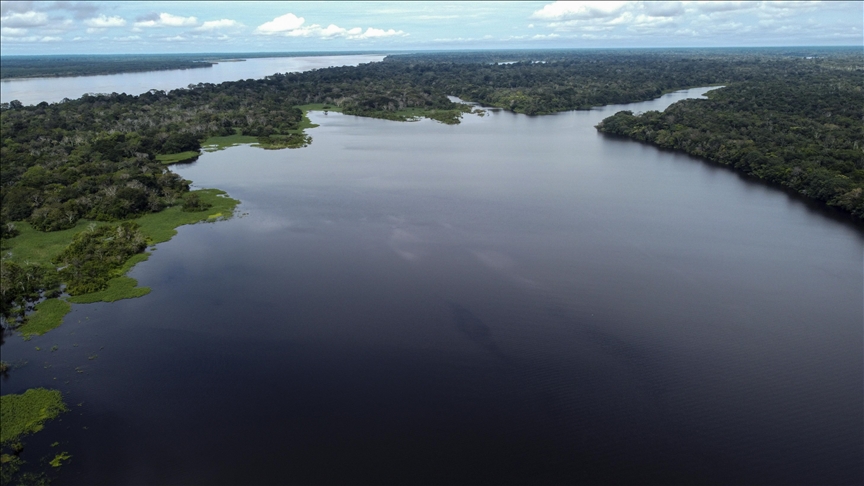Amazon faces worst fire season in over 2 decades, emitting 791M tons of carbon dioxide
Research shows fire-driven degradation has overtaken deforestation as leading carbon source, with 3.3M hectares lost in 2024 amid climate-driven droughts

ISTANBUL
The Amazon has faced its worst fire season in over 20 years, emitting an estimated 791 million tons of carbon dioxide, according to research released Wednesday.
The study, published in the journal Biogeosciences, found that for the first time, fire-driven degradation -- rather than deforestation -- has become the main source of carbon emissions, marking a troubling shift in the decline of the rainforest.
Last year, fires affected 3.3 million hectares of the Amazon forest, marking an unprecedented level of destruction.
Experts attributed the surge to extreme droughts worsened by climate change, forest fragmentation and land-use mismanagement, including deliberate burning by land grabbers.
Researchers used advanced satellite technology to overcome past limitations in tracking fires. By merging multiple datasets and removing false signals, they achieved unprecedented accuracy in detecting fire-driven forest degradation.
Fires spread alarmingly, with Brazil hitting record emissions in 2024. In Bolivia, more than 9% of intact forest was lost, harming a vital biodiversity hotspot.
Researchers used the Monte Carlo simulation to estimate carbon emissions and uncertainties across key variables. The results follow Intergovernmental Panel on Climate Change (IPCC) standards, providing a reliable benchmark for tracking tropical forest fire impacts.
The study emphasized the need for swift, coordinated measures to limit fire use, bolster forest protection and empower local and Indigenous communities.
It also stressed expanding international climate funding to tackle forest degradation as well as deforestation.






